
My wife does not like regular spaghetti for some reason (note from Wife: she doesn’t like regular style spaghetti because of all those endless bowels of over cooked spaghetti topped with tasteless canned sauce that she had to work her way through as a kid particularly for school lunches). As an alternative we used very thin Angel hair pasta instead.
The amount of bottarga is totally arbitrary but probably 1-2 tablespoon(s) full of grated bottarga per serving would be appropriate. I just used a Japanese porcelain grater and grated bottarge (about 1/2 cup, below). It is salty, so we did not need to salt the pasta.
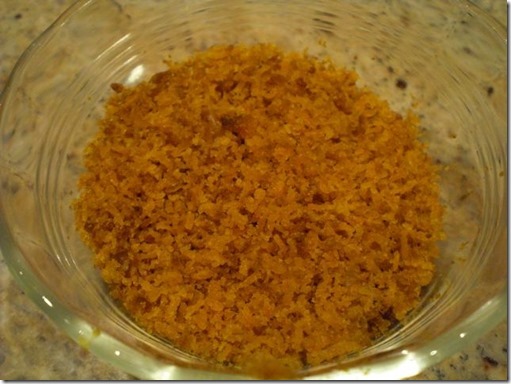
Other ingredients for 2 servings (see picture below):
Italian parsley, finely chopped 1/4 cup
Lemon zest from one lemon, grated using a micro grater
Garlic, two cloves, thinly sliced
Bottarga, thinly sliced (2-3 per serving)
Olive oil, 2-3 tbs
Red pepper flakes, to taste
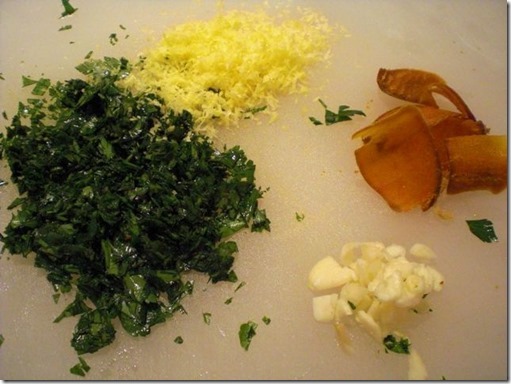
I put the olive oil in a frying pan on low flame and cooked the garlic and red pepper flakes until the garlic was fragrant but not browned (2-3 minutes). I added the pasta, lemon zest, parsley and tossed to mix well for one more minute on medium flame. I cut the flamed and mixed in the grated bottarga and served.
I topped the pasta with the slices of botargga, added more grated bottarga and a little bit of fruity olive oil on top.
This is a good dish. It is a bit like "tarako" spaghetti but the flavor and texture are quite different. The lemon flavor from the zest is refreshing and went well with the taste of bottarga. Surprisingly, although the botargga seemed extremely salty it was just right once it was mixed into the pasta. This dish went Ok with wine (such as the red wine we were drinking) but still it was not perfect. I am not sure what will go well with this dish but sake (to which we switched) or Scotch with water, for sure, or, may be, Prosecco.


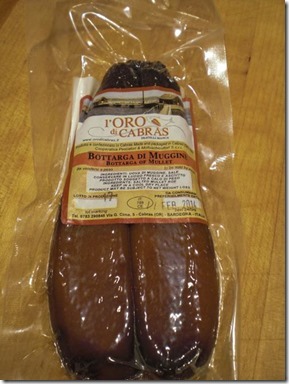
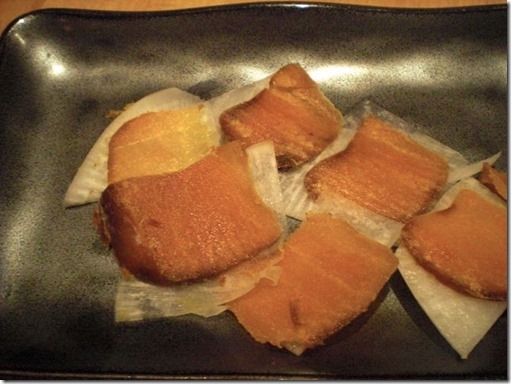
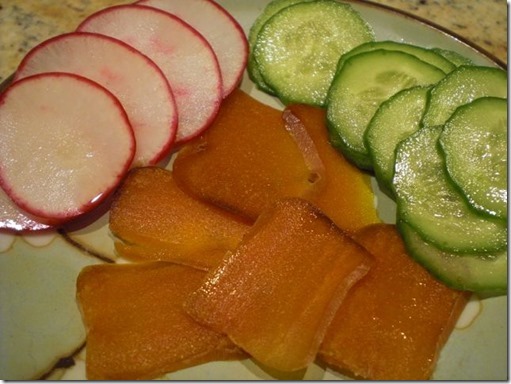
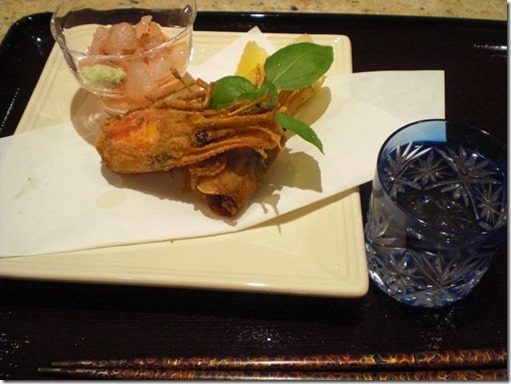
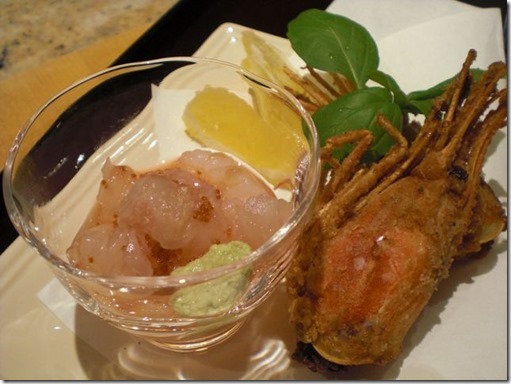
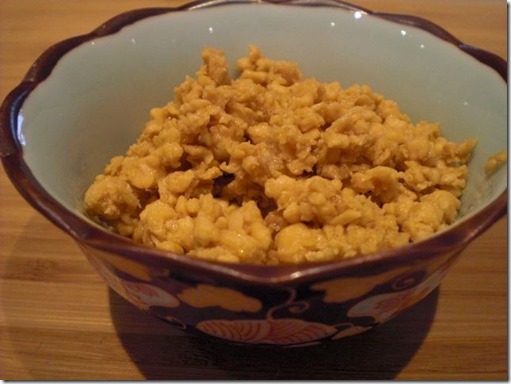
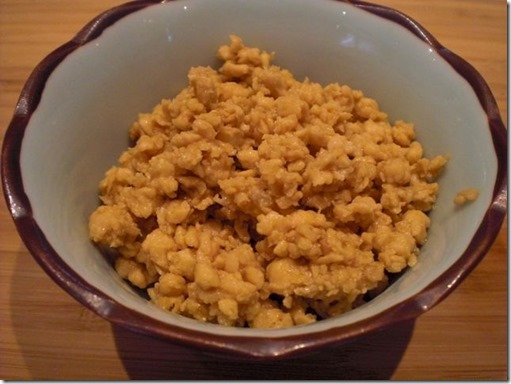
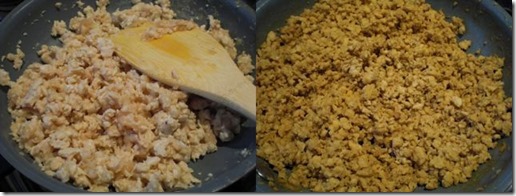
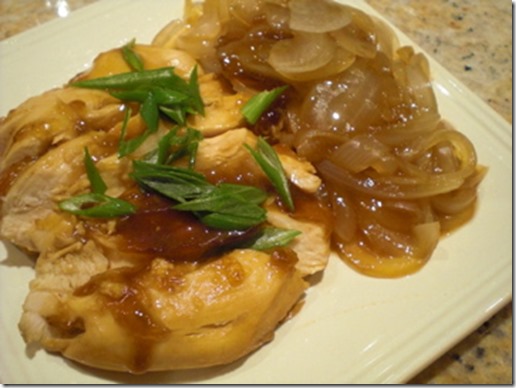


 Udon noodle: I used two bundles (2 servings) of dried sanuki udon. As per the package instructions, I boiled them for 13 minutes and rinsed under running cold water and then drained. I used the noodles without cutting them but you may want to cut them into short segments. I put just a dash of dark roasted sesame oil on the noodles and mixed well using my hands to add sesame flavor as well as preventing the noodle from clumping.
Udon noodle: I used two bundles (2 servings) of dried sanuki udon. As per the package instructions, I boiled them for 13 minutes and rinsed under running cold water and then drained. I used the noodles without cutting them but you may want to cut them into short segments. I put just a dash of dark roasted sesame oil on the noodles and mixed well using my hands to add sesame flavor as well as preventing the noodle from clumping.